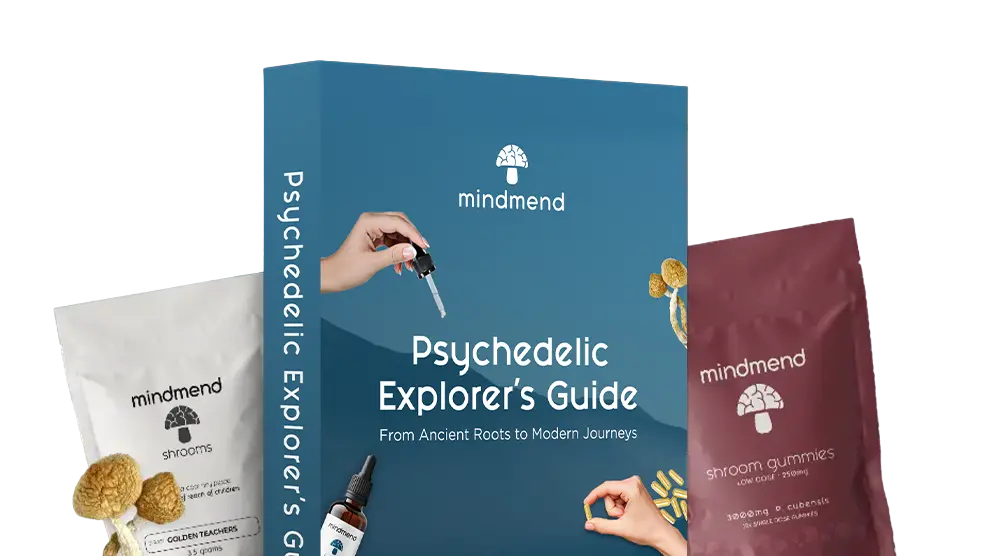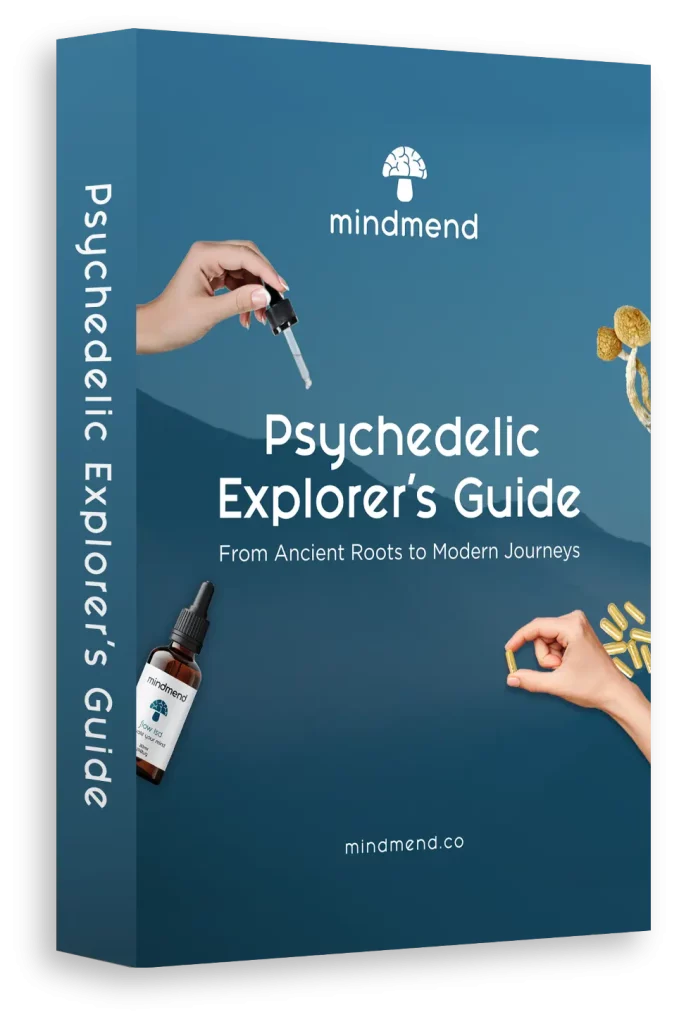Dosage: 10-20 micrograms (μg)
Effects:
- Slight mood enhancement
- Increased focus and creativity
- Subtle energy boost
- Minimal perceptual changes


In recent years, psilocybin mushrooms have been the psychedelic garnering most of the attention. But if we look back to the mid-90s, LSD or ‘acid’ was the psychedelic of choice. The history of this amazing compound is almost as fascinating as its mind expanding effects and therapeutic potential.
LSD, which stands for lysergic acid diethylamide (quite a mouthful, right?), is a psychedelic compound that’s been both celebrated and misunderstood over the years. It’s known for its unique ability to alter perceptions, moods, and even the way we think.

Originating from ergot, a fungus that grows on rye and other grains, LSD in its pure form is a colorless, odorless crystal with a hint of bitterness to its taste. But don’t let its seemingly simple appearance fool you. This compound has the power to unlock a myriad of experiences, from vivid visualizations to deep introspection.
While it’s easy to get caught up in tales of kaleidoscopic visions and transformative journeys, it’s essential to remember that LSD’s effects can be as varied as the person who takes it. As we delve deeper into its history and influence in the sections to come, we’ll discover the many facets of this intriguing molecule.
As we journey back in time, it’s fascinating to see how LSD transitioned from a scientific curiosity to a cultural phenomenon. The story begins in a Swiss laboratory in 1938. Dr. Albert Hofmann, a chemist, was on a quest to develop new medicines when he first synthesized LSD. It wasn’t until five years later, in 1943, that he accidentally discovered its psychedelic properties.
Throughout the 1950s and 60s, LSD was the subject of extensive research. Scientists and therapists were intrigued by its potential therapeutic benefits, especially in the fields of psychiatry and psychotherapy. It was even considered as a potential treatment for conditions like alcoholism and anxiety. A little known fact is that the founder of Alcoholics Anonymous, Bill Wilson, was a strong believer that LSD could help people struggling with alcohol addiction break their habit.
As the 1960s progressed, LSD began to find its way out of the labs and into the hands of the public. It became synonymous with the counterculture ‘hippy’ movement, embraced by artists, musicians, and those seeking a deeper understanding of the self and the universe. Iconic events like the Summer of Love in 1967 put LSD firmly in the spotlight, for better or worse.
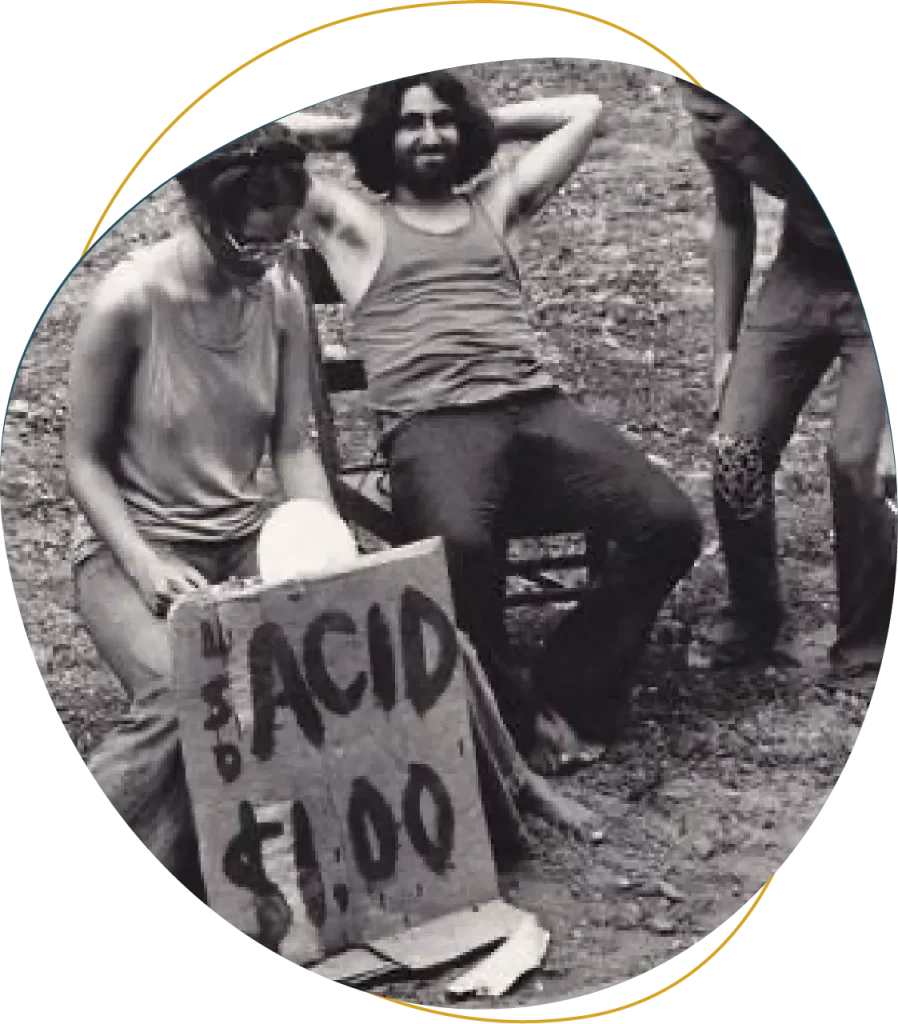
However, with its growing popularity came increased scrutiny. Concerns about its safety, potential for misuse, and association with anti-establishment sentiments led to its classification as a Schedule 1 drug in the late 60s. This designation severely limited its legal use and research potential, casting a shadow over its once-promising future in the medical field.
While the late 60s marked a turning point for LSD’s legal status, its impact on culture, science, and individual exploration was undeniable. And as we’ll see in the sections to come, its story is far from over.
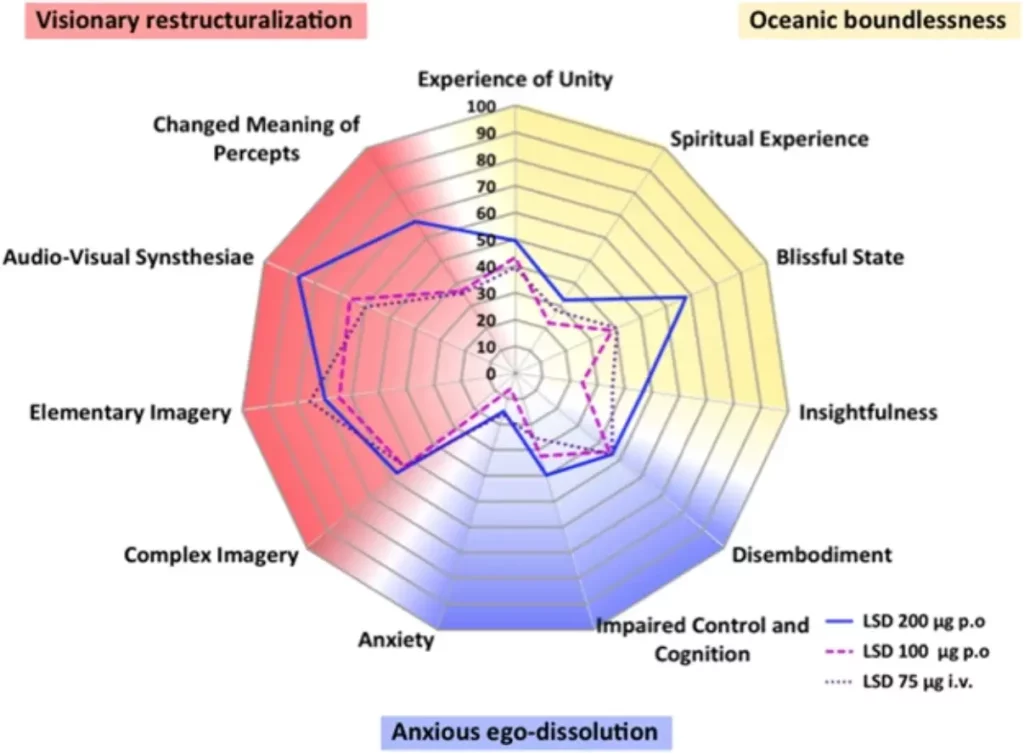
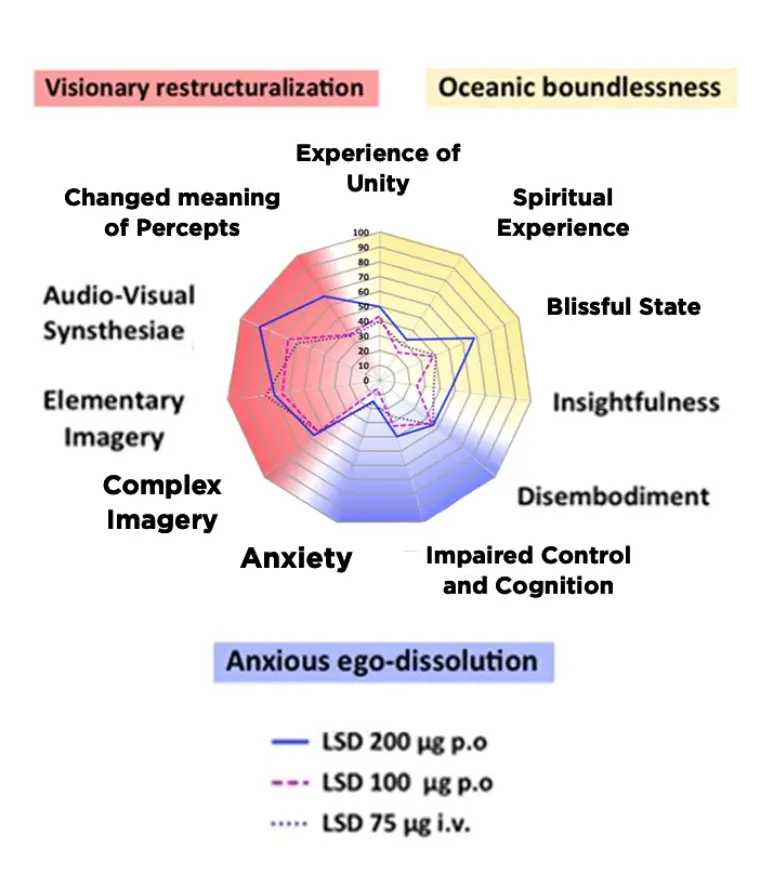
Every LSD voyage is unique, shaped by the individual’s mindset, environment, and dosage. But while every trip is distinct, there are some common experiences and effects that many people report.
One of the most talked-about aspects of an LSD trip is the visual effects. Users often describe seeing vibrant colors, geometric patterns, and even dreamlike landscapes. Objects might appear to melt, ripple, or breathe, and the boundaries between things can become blurred.
LSD doesn’t just play with your vision; it dives deep into the psyche. Many users report intense emotional experiences, ranging from euphoria and profound insights to feelings of connectedness with the universe. On the flip side, some might encounter anxiety or even temporary feelings of paranoia. It’s always important to remember that taking careful consideration of set and setting is the best way to ensure that you have a safe trip and minimize the anxiety associated.
Another interesting effect of LSD is its effect on our perception of time. Think of it like this. Have you ever felt like time was dragging on forever or flying by in an instant? With LSD, such distortions in time perception are common. Minutes can feel like hours, and vice versa.
Although most people think of psychedelics as substances affecting the mind exclusively, LSD can also produce physical sensations. Some users describe a tingling sensation, heightened sensitivity to touch, or a feeling of being more in tune with their bodies.
Beyond the immediate effects, many people report long-term benefits from their LSD experiences. These can include increased creativity, a deeper understanding of oneself, and even a greater appreciation for life. In therapeutic settings, LSD has shown promise in helping individuals confront and process traumatic experiences or deep-seated fears.
Like with psilocybin mushrooms, LSD must be treated with respect. While many have had positive and transformative experiences, there’s also the potential for challenging trips. Set and setting – your mindset and environment – play a crucial role in shaping the experience. It’s always recommended to be in a safe, comfortable environment and, if possible, with a trusted guide or friend.




This is when the effects of LSD are the most intense. Vivid hallucinations, profound insights, and a mix of emotions ranging from euphoria to introspection are common.

While still intense, the effects stabilize. The overwhelming rush of the peak starts to mellow, but sensory perceptions are still heightened.

The intensity of the trip starts to decrease. While some effects, especially visual and emotional, are still present, they’re less overpowering.

Most of the major effects have worn off, but there might still be lingering feelings of introspection, slight visual distortions, or a general sense of weariness.

The trip is mostly over, but there can be residual feelings of exhaustion, reflection, or even a renewed sense of clarity. Some people might have trouble sleeping.
Dosage: 10-20 micrograms (μg)
Effects:

Dosage: 20-75 µg micrograms (μg)
Effects:

Dosage: 75-150 micrograms (μg)
Effects:

Dosage: 150-300 µg micrograms (μg)
Effects:

Dosage: 300-350 µg+ µg micrograms (μg)
Effects:


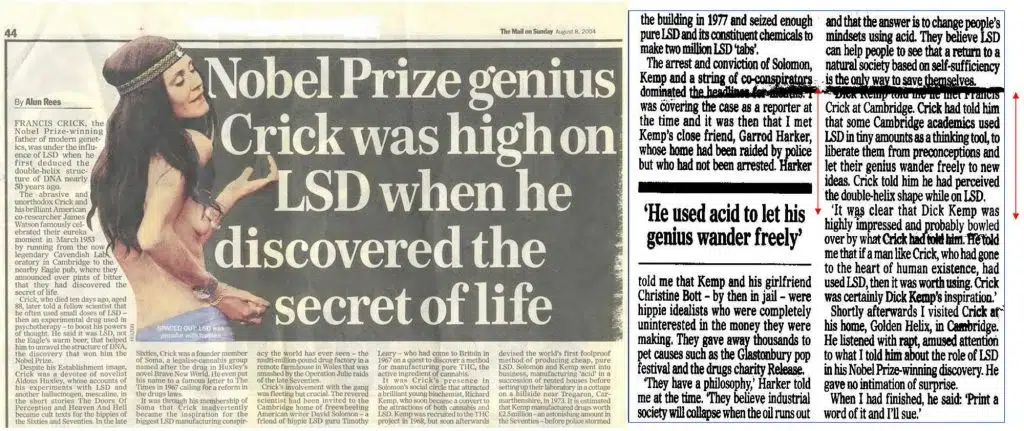
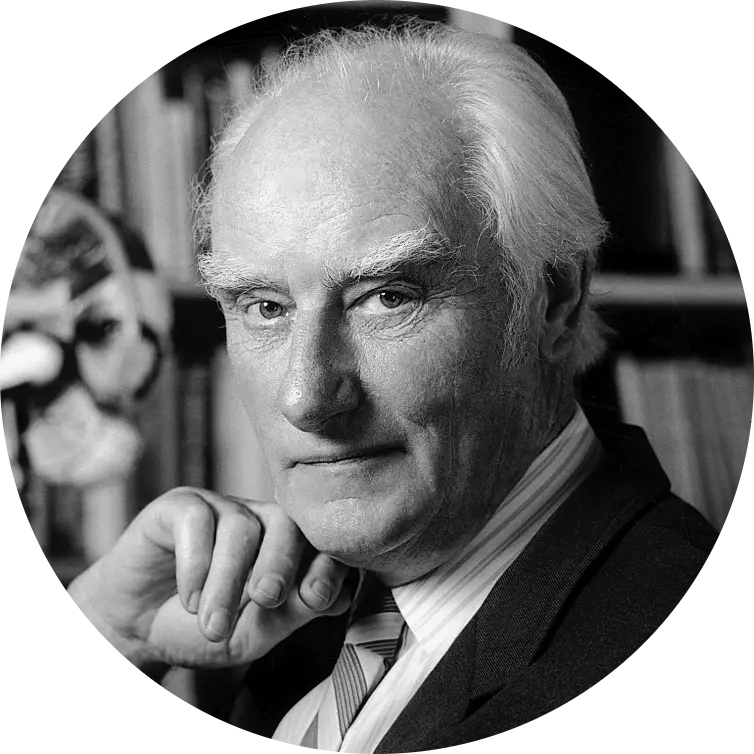
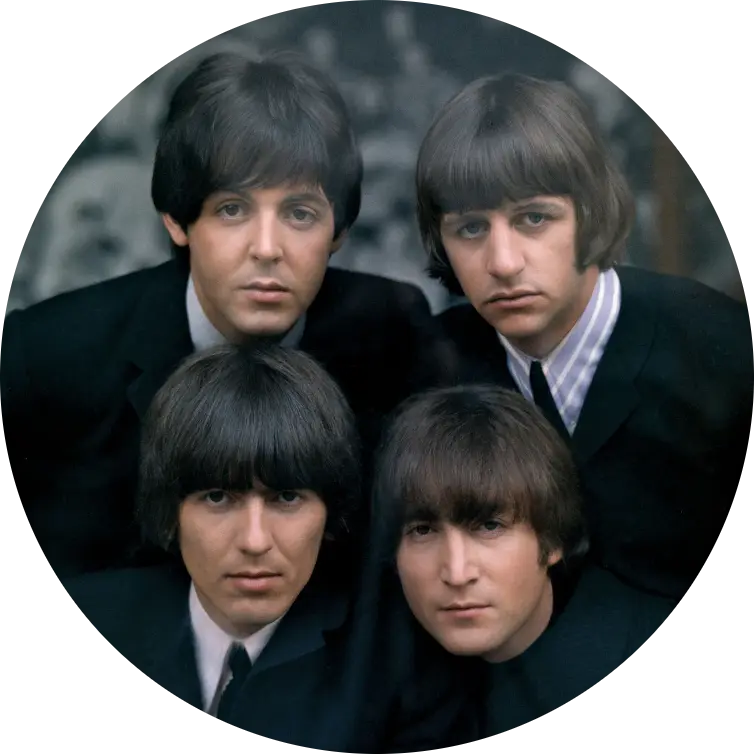
When it comes to the world of music, few bands have been as influential as The Beatles. Their experimentation with LSD in the mid-1960s is said to have played a role in their evolving sound and lyrical depth. Albums like “Revolver” and “Sgt. Pepper’s Lonely Hearts Club Band” showcase the psychedelic influence, both in their music and cover art.

Culture and Counterculture: The 1960s and 70s saw a surge in the counterculture movement, with LSD at its epicenter. Festivals, art, literature, and even fashion were infused with psychedelic motifs. Events like Woodstock and the rise of the hippie movement celebrated peace, love, and expanded consciousness, with LSD often serving as a sacrament.
Other Scientific Research: Before its prohibition, LSD was the subject of numerous scientific studies. Researchers were keen to explore its potential therapeutic applications, from treating mental disorders to facilitating creative problem-solving sessions.
In many ways, LSD has been both a mirror and a catalyst, reflecting societal desires for exploration and change while also driving innovation and cultural shifts. Its influence on prominent figures and broader cultural movements underscores its multifaceted role in modern history.

Microdosing involves taking a very small, sub-perceptual dose of a psychedelic substance, in this case, LSD. We’re talking about a fraction of what one would take for a full-blown trip. The idea isn’t to experience the intense visuals or profound insights of a higher dose but to tap into a subtle shift in perception, mood, and cognition.
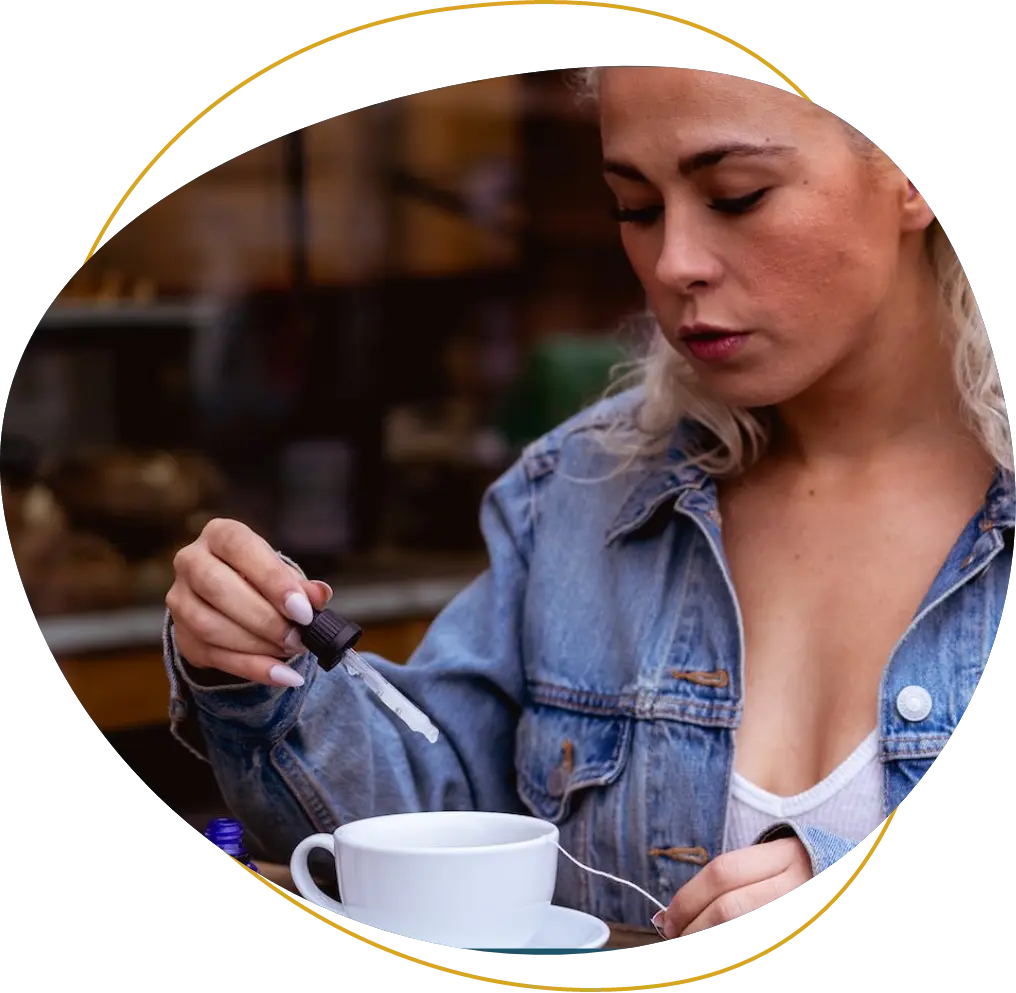
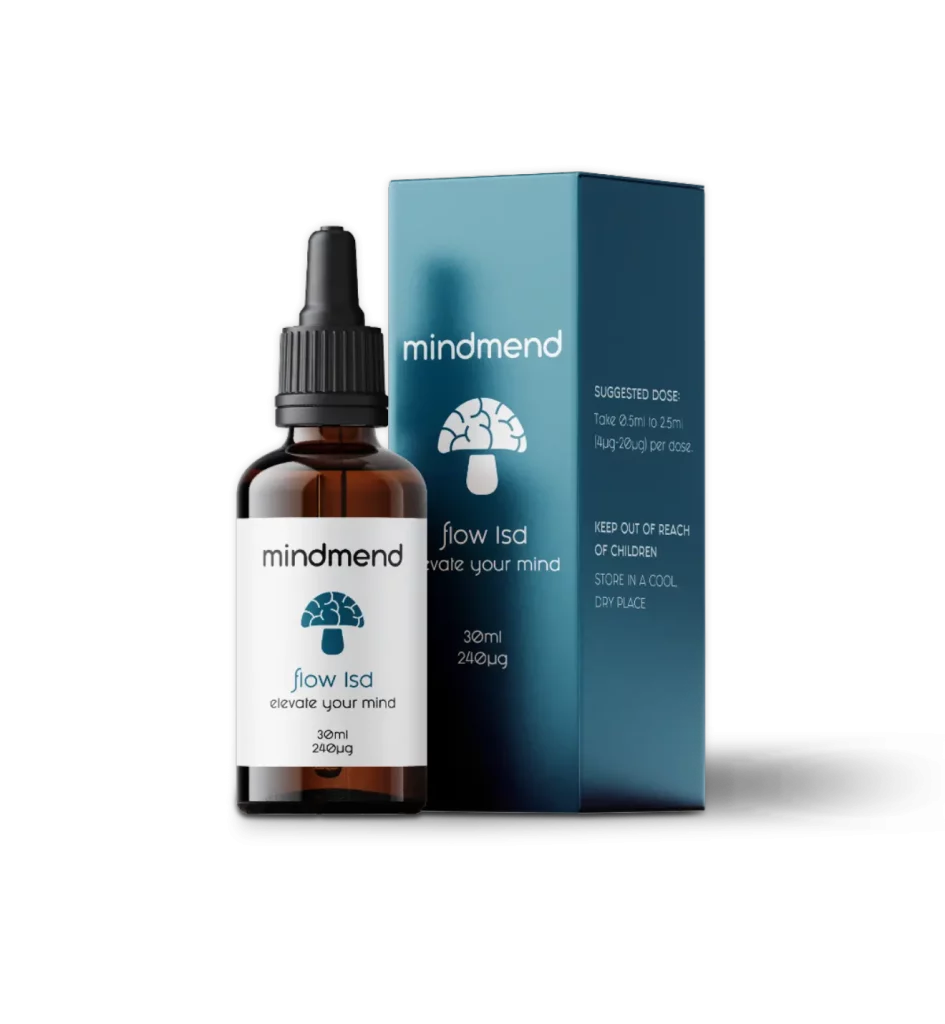
Microdosing LSD might just be the pep talk your 86 billion neurons need. Enter BDNF (Brain-Derived Neurotrophic Factor) – think of it as the ultimate brain food. It helps grow new neurons, strengthens the existing ones, and enhances communication between them. Small doses of LSD, ranging from five to 20 micrograms, can boost BDNF levels. Imagine your brain as a lush garden; microdoses of LSD could be the supercharged fertilizer ensuring everything’s in full bloom. This boost in neuronal health might also shed light on why many report reduced depressive symptoms after microdosing.
Ever been so engrossed in an activity that time just flies? That’s being “in the zone” or what psychologist Mihaly Csikszentmihalyi calls a “flow state.” It’s when you’re so immersed in something that everything else fades away, and the joy of the activity becomes the sole focus. While there’s no clinical stamp of approval linking LSD to flow states, many users swear by its ability to help them tap into this zone. The science behind it? Microdosing LSD can shift our brain waves to alpha oscillations, give serotonin and dopamine levels a nudge, and open up the brain by shaking up the default mode network (DMN). All these are potential signposts pointing towards achieving that coveted flow.
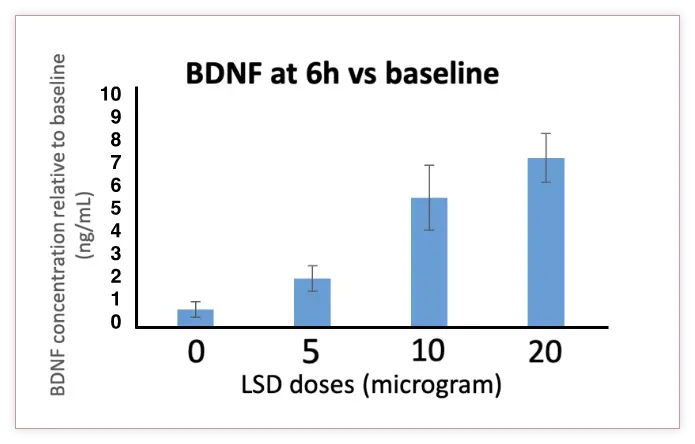

Many mental health issues ranging from addiction to depression, might stem from rigid thinking patterns. This rigidity is linked to an overactive default mode network (DMN) in our brains, essentially the neural home of our ego. Psychedelics like LSD have been shown to shake up the DMN, introducing more flexibility or “entropy” in the brain. This can help break negative patterns and foster positive ones. Surveys of microdosers have reported reduced depression, improved mood, and even enhanced open-mindedness. Another study even suggested that microdosing might outperform conventional meds in addressing anxiety, ADD/ADHD, and certain physiological disorders.
Researchers at Maastricht University in the Netherlands conducted a fascinating study where participants took on the Cold Pressor Test (yep, that’s dunking your hand in super cold water). Those who microdosed with 20 micrograms of LSD not only kept their hands submerged 20% longer than the control group but also felt less pain and discomfort. And here’s the kicker: LSD’s pain-relieving prowess was on par with doses of heavy-hitters like oxycodone and morphine. Given the current concerns around opioid addiction, this discovery could pave the way for alternative pain relief solutions.
The world of LSD is vast and varied. From profound trips that can reshape one’s perspective on life to the subtle shifts of microdosing, this compound continues to intrigue and inspire. As research progresses and societal perceptions evolve, who knows what new insights and applications the future holds for LSD?

LSD is versatile in dosage and effects, offering mild sensory changes and mood elevation at lower doses, and intense hallucinations and ego-dissolution at higher doses. It stimulates cognitive function, making it popular among professionals.
Depression: Some individuals with depression report an improvement in mood and a reduction in depressive symptoms when microdosing. They often describe feeling more hopeful and engaged with life.
Anxiety: Microdosing may help some individuals manage symptoms of anxiety. They report feeling calmer, less overwhelmed, and better able to cope with stressful situations.
Attention Deficit Hyperactivity Disorder (ADHD): Some individuals with ADHD have explored microdosing as an alternative to traditional stimulant medications, noting improved focus and reduced impulsivity.
Post-Traumatic Stress Disorder (PTSD): There’s interest in whether microdosing can help modulate the emotional responses and intrusive memories associated with PTSD.
Obsessive-Compulsive Disorder (OCD): Some anecdotal reports suggest that microdosing might help in reducing the intensity and frequency of obsessive thoughts and compulsive behaviors.
Substance Addiction: Microdosing has been explored as a potential tool to aid in the treatment of addictions, including alcohol, nicotine, and other drug dependencies. Some users report reduced cravings and an enhanced motivation for recovery.
Chronic Pain: There are anecdotal reports of individuals experiencing a decrease in the perception of chronic pain or a change in their relationship to pain while microdosing.
Migraines and Cluster Headaches: Some sufferers of migraines and cluster headaches have reported a reduction in the frequency and severity of their episodes when microdosing.
Premenstrual Syndrome (PMS) and Premenstrual Dysphoric Disorder (PMDD): Anecdotal evidence suggests that some women find relief from the emotional and physical symptoms associated with PMS and PMDD through microdosing.
µg is an abbreviation for microgram. A microgram is a unit of mass in the metric system and is equal to one-millionth of a gram (1 µg = 0.000001 gram). LSD is so potent you only need a small amount to feel its effects; that’s why it’s measured in µg.
Whereas magic mushrooms are measured in milligrams or mg.
Microdosing protocols for microdosing psilocybin and LSD are the same. Take 5µg – 20µg every 2 to 3 days or 5 days on and 2 days off. Test what works for you. *Note: dosages for shrooms and LSD are measured in different units.
It takes approximately takes 15 – 25 minutes until you begin to experience the effects of LSD.
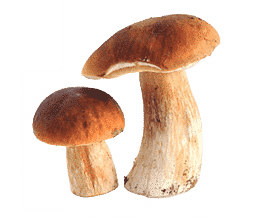
Get exclusive offers, free shipping events, expert health tips & more by signing up for our promotional emails.

The Mind Mend™ promise is to provide the best psilocybin products and superior customer support with research-backed education


The Mind Mend™ promise is to provide the best psilocybin products and superior customer support with research-backed education

